Archaeologists Discover a “Rare” Ancient Site Used During the Bronze and Viking Age
Archaeologists working in the southeastern part of Norway have made a terrifying discovery after conducting an excavation at a graveyard that dates back several thousand years.
The researchers, bewildered by the contents of the graveyard, have struggled to find an explanation for the startling discovery. However, they did notice the unique placement of several large stone circles, which could shed light on the burial practices of ancient Norwegians.
The Fascination With the Vikings
The Scandinavian nations, found at the furthest reach of northwest Europe, have a rich history that stretches back thousands of years.
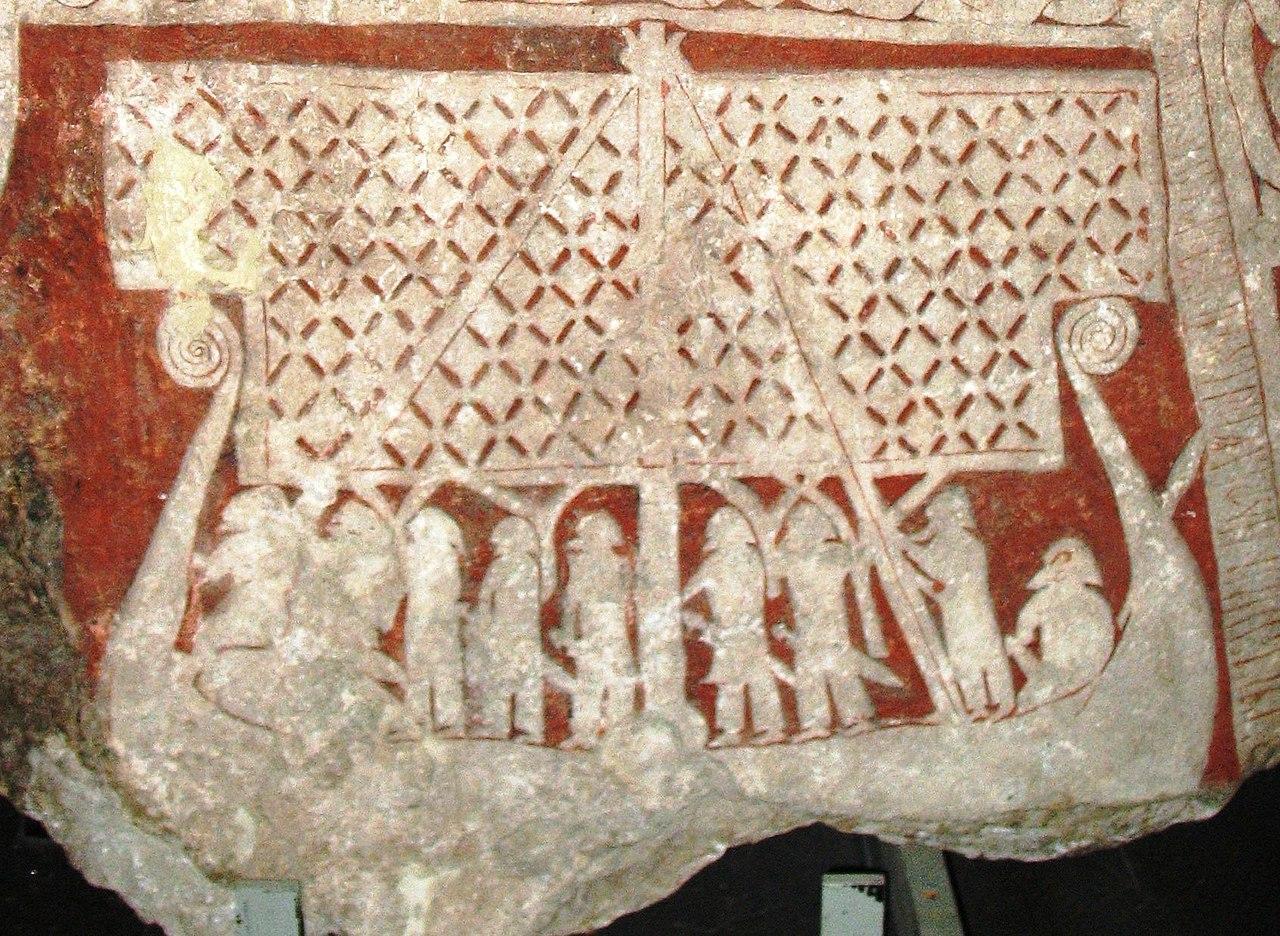
Source: Wikimedia
Despite the modern fascination with the Vikings, to better understand the history of nations such as Norway, we must venture back to a time long before the introduction of longboats that sent shivers down the spines of priests and farmers alike throughout the continent.
Researchers Strive to Better Understand Ancient Norway
Archaeologists throughout Norway continue to excavate sites of interest in an attempt to better understand the early Germanic-speaking groups and the much older Neolithic inhabitants that predated the so-called Viking period.
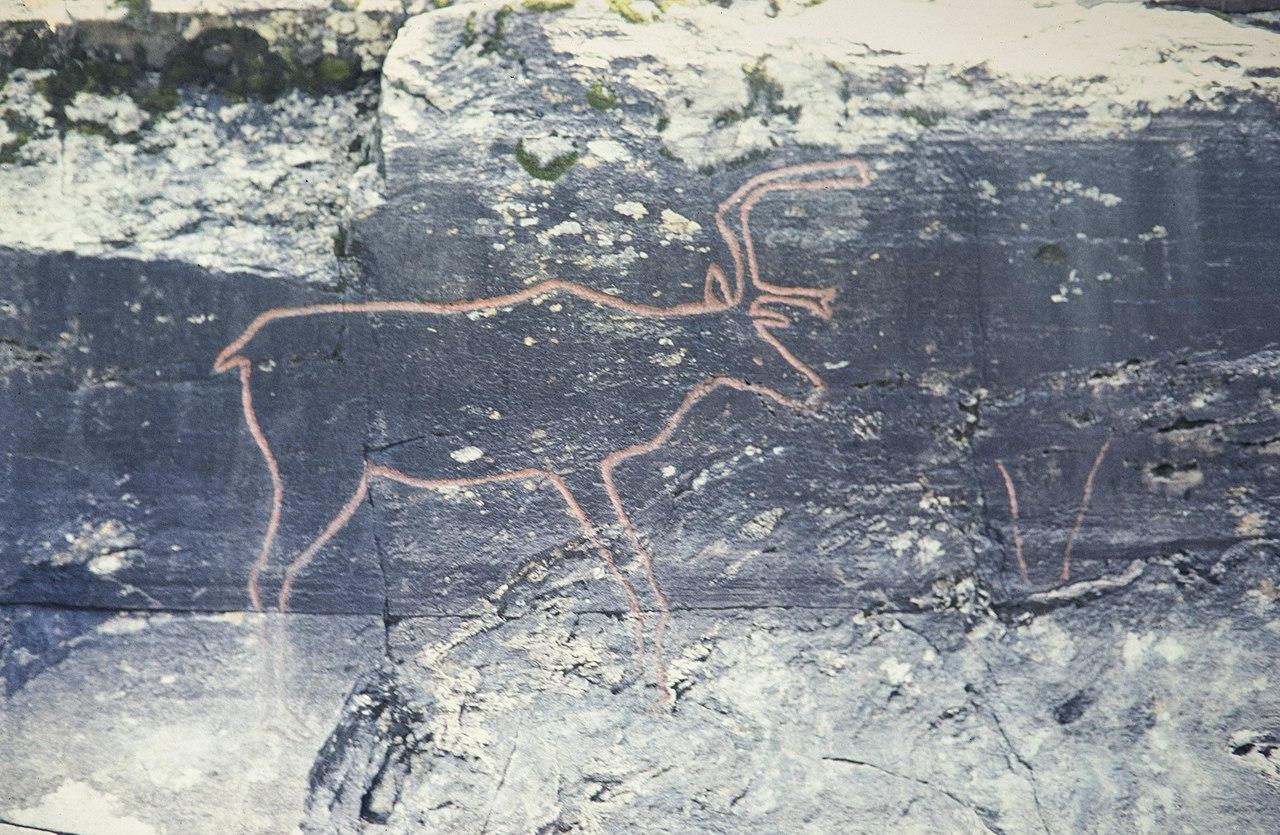
Source: Wikimedia
During an excavation at a site not far from Fredrikstad in southeastern Norway, a team of archaeologists stumbled upon a cluster of 41 stone circles.
Charred Remains Underneath Stones in Norway
The circles, comprised of stones meticulously set into place, were first excavated by archaeologists in autumn 2023, per the Museum of Cultural History at the University of Oslo. What lay beneath were the remains of more than 40 graves.
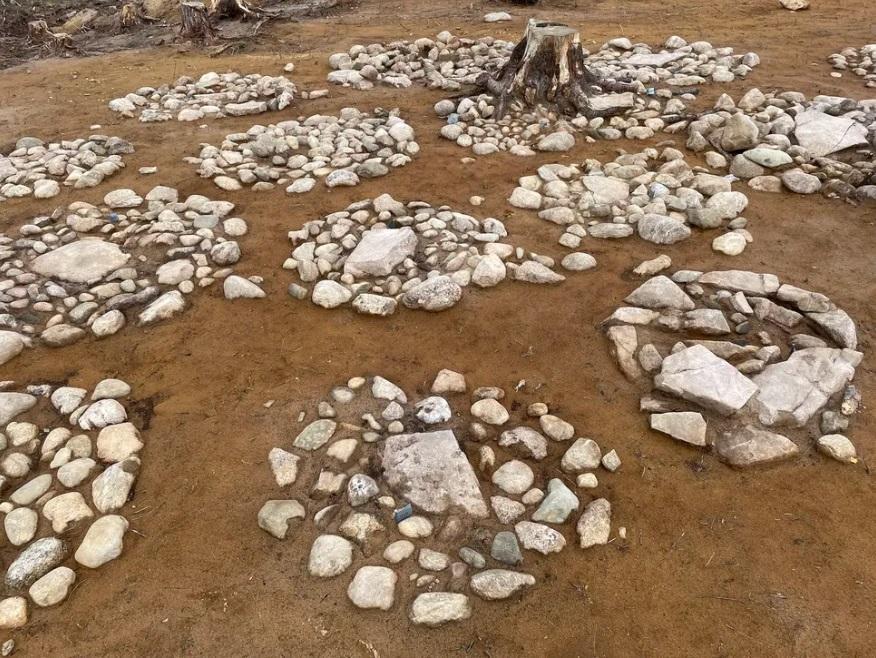
Source: Museum of Cultural History, University of Oslo
Each of the individual stone circles ranged in size from 3 to 6 feet, and within the graves, researchers found broken pottery shards and charred human remains.
The Remains of Children Unearthed in Norway
Following a deeper analysis carried out by scientists, they discovered that 39 of the 41 graves at the site contained the burnt remains of children aged six and under, according to a statement from the Museum.
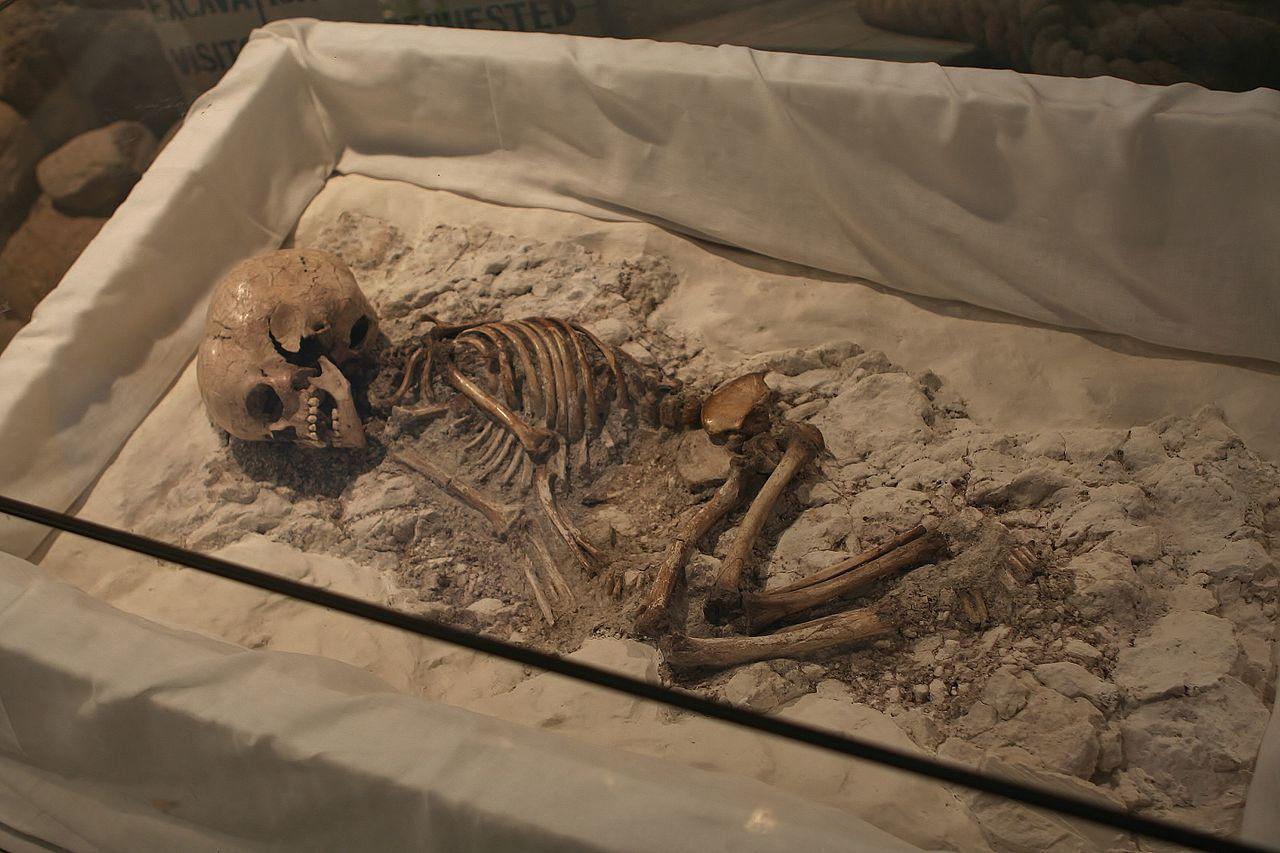
Source: Wikimedia
This discovery startled the researchers as they attempted to discern why so many children were buried in one place. The other two graves at the site belonged to adults; however, they were placed slightly beyond the boundary of the larger group.
Norwegian Children Buried Over the Course of Hundreds of Years
Dating of the remains suggests they were buried over a period of 600 years, stretching from around 800 BCE to 200 BCE. This suggests the children were not buried suddenly but instead over the course of several centuries.
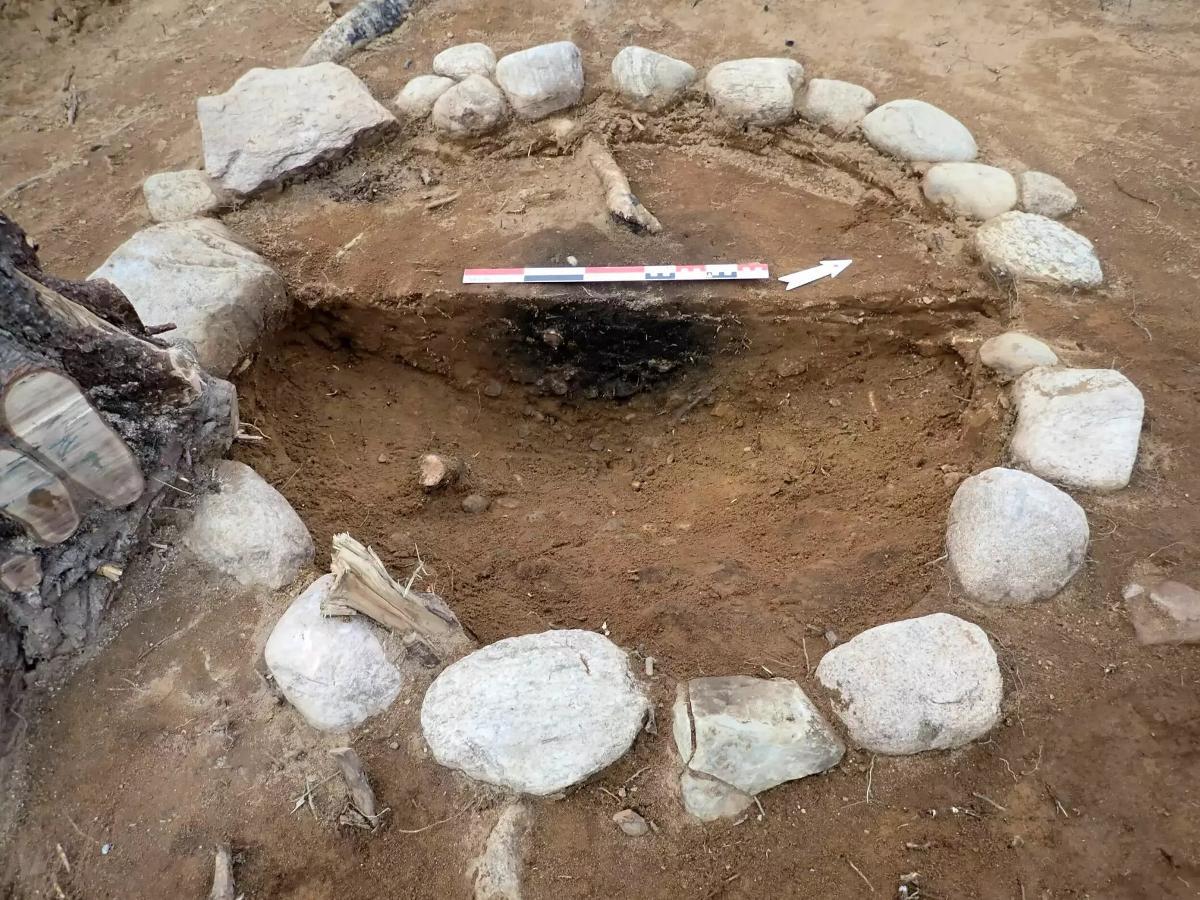
Source: Museum of Cultural History, University of Oslo
“The field of children’s graves is unique in a Norwegian context,” wrote the museum, “and opens up many questions to which the answers are still unknown: Why were the children buried in a separate place? Why here? And how did they hold on to this tradition for several hundred years.”
Archaeologists Called to the Site Before the Expansion of Local Quarry
Archaeologists first discovered the site after scouring the region for evidence of Stone Age activity before the expansion of a local quarry.
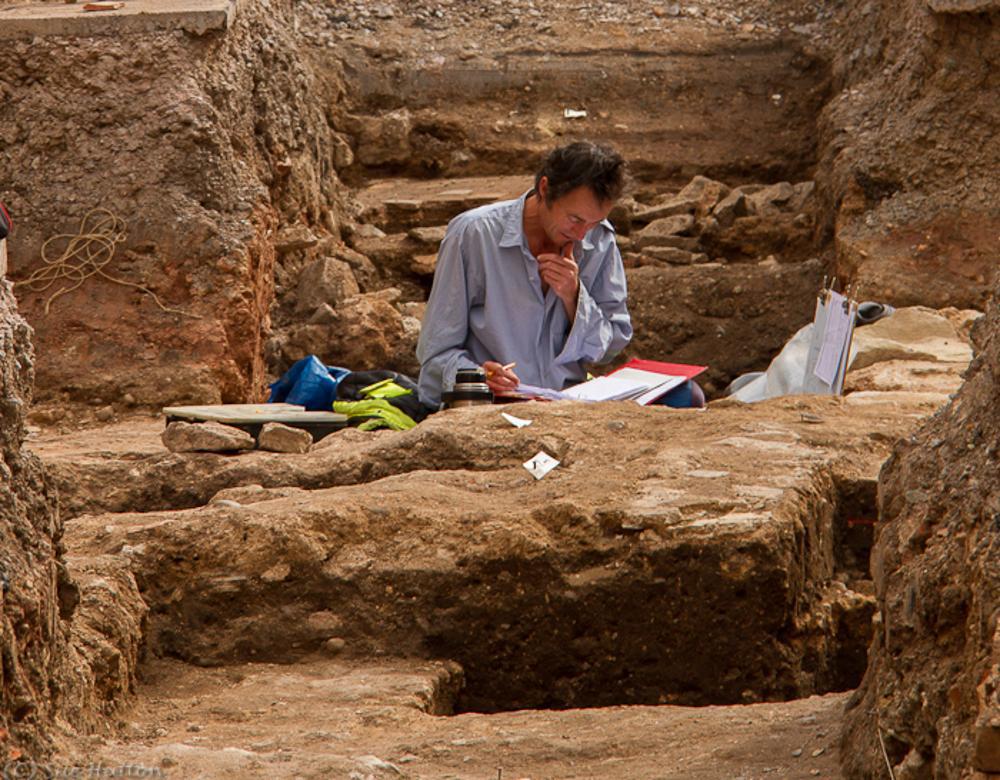
Source: Wikimedia
However, they were shocked when they began unearthing the remains of dozens of graves dating back to the translation period between the Bronze and Iron Ages.
New Discovery Leaves Researchers in Norway With Many Questions
According to the museum, “The children’s graves were found in an area rich in cultural heritage.”
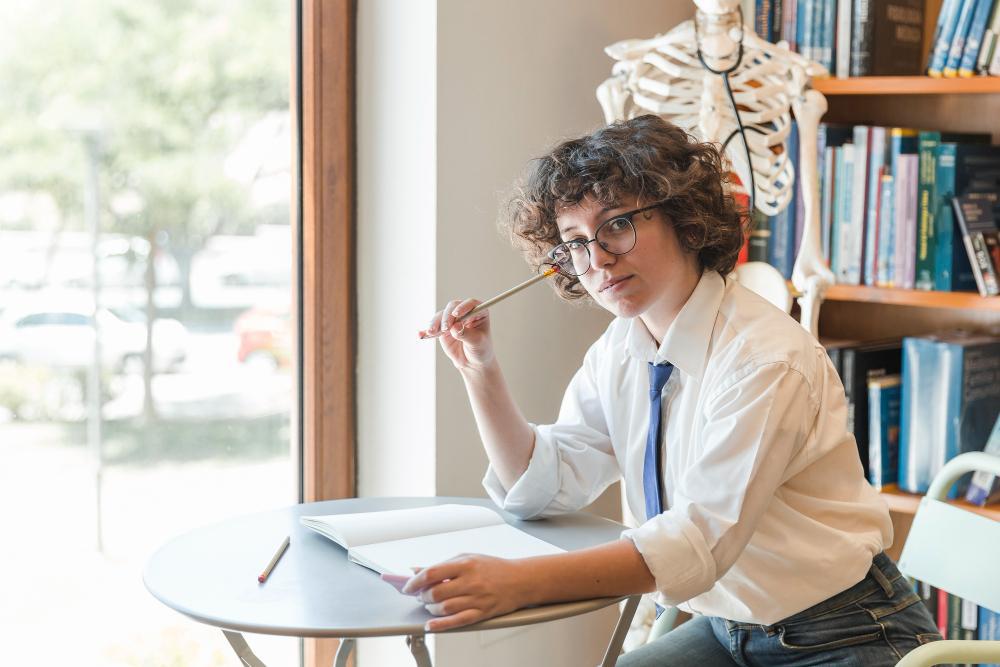
Source: Freepik
They continued, this includes: “Many rock carvings from this period that speak of voyages and sun worship. The newly discovered children’s graves open up new questions about the people who lived back then.”
Head of the Excavation in Norway Shares Her Opinion on the Discovery
The head of the excavation team, Guro Fossum, shared her thoughts on the discovery during an interview with Science Norway.

Source: Freepik
The researcher revealed that the team had assumed that the stones represented individual graves during their initial inspection. “There was something special about the whole site,” she added.
Gatherings and Ceremonies Connected to the Burials
Fossum detailed the layout of the discovery, stating, “The graves are very close together. They must have been in an open landscape, with thoroughfares nearby, so everyone would have known about them. Cooking pits and fireplaces around the site suggest that gatherings and ceremonies were held in connection with burials.”
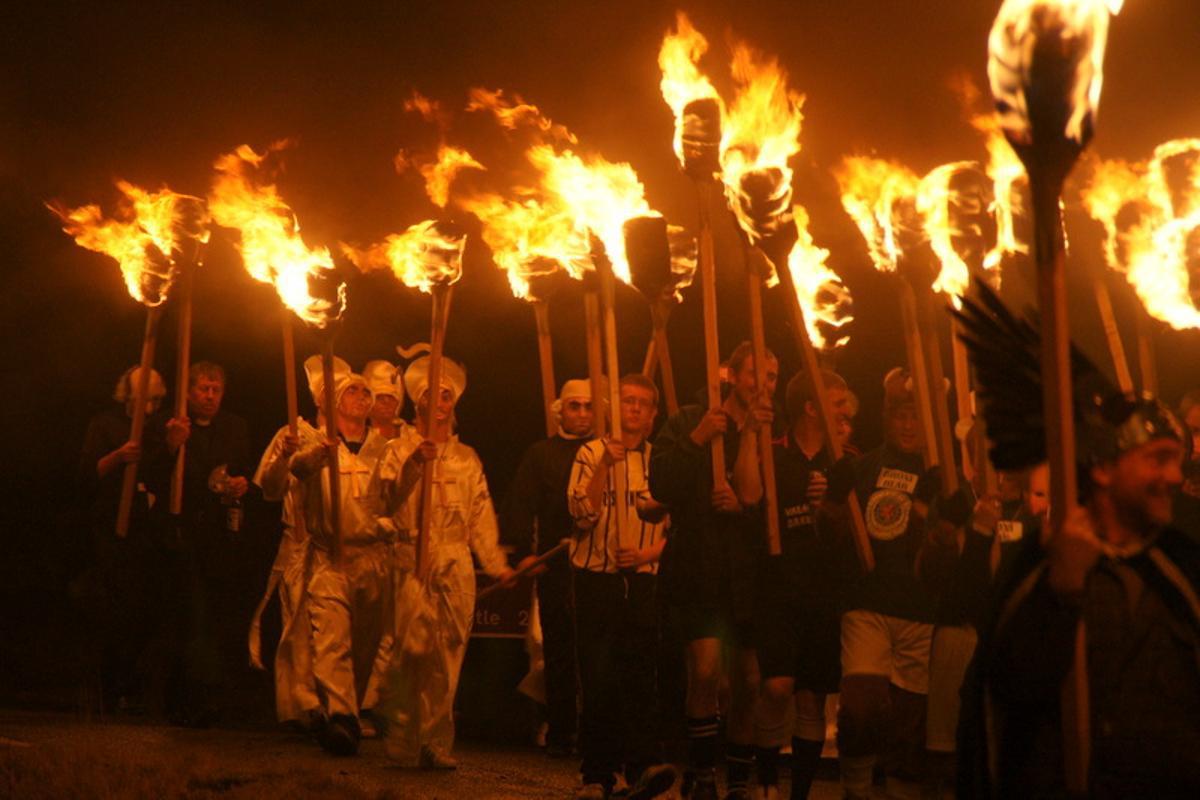
Source: Wikimedia
She continued, “Additionally, all the graves were so nice and meticulously crafted. Each stone was sourced from a different location and placed precisely in the formation. We wondered who put in so much effort.”
Stones Laid With Great Care
Fossum revealed when the researchers received the results that the vast majority of the remains belonged to children. She said, “It made sense. This was done with so much care.”
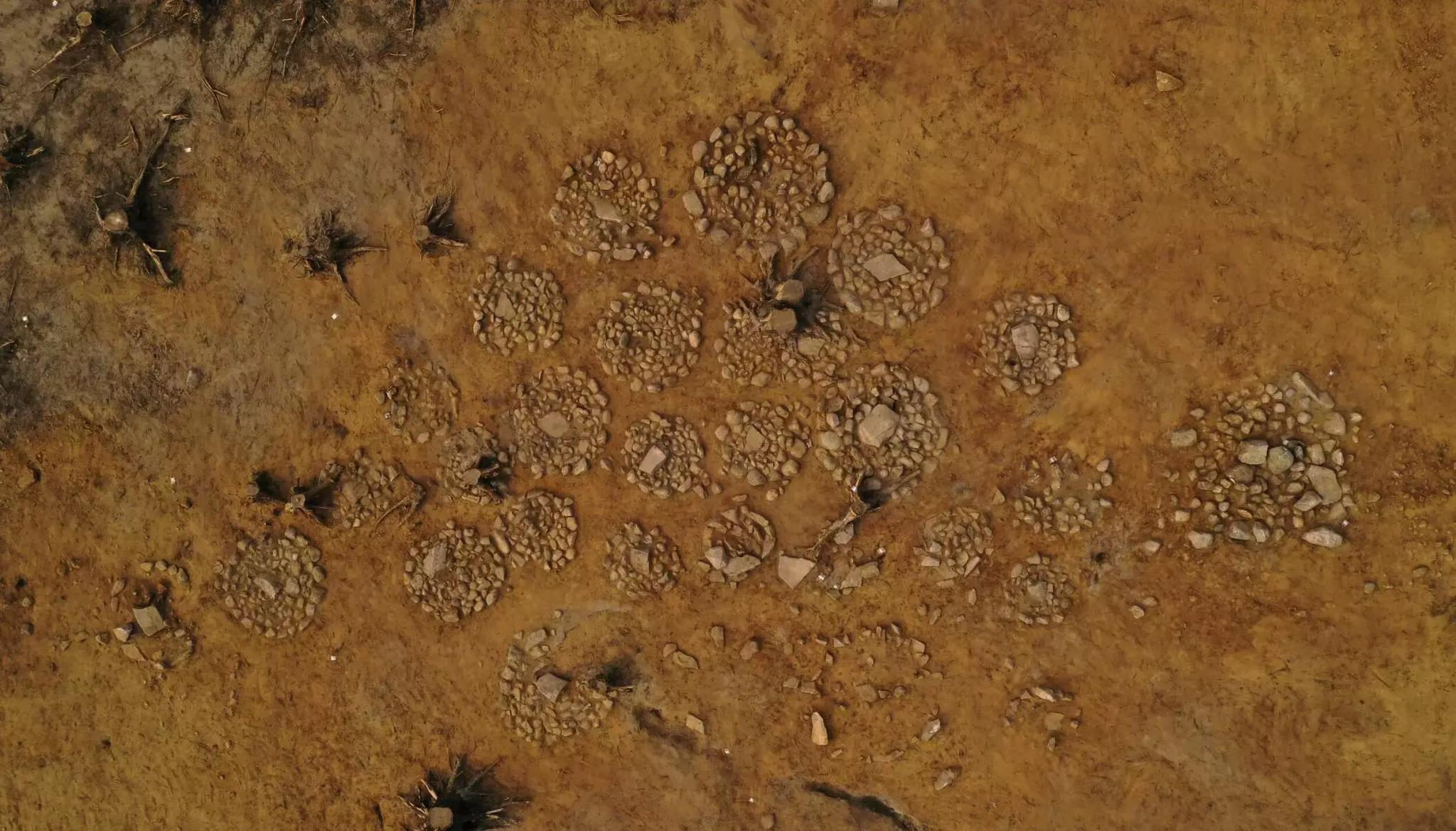
Source: Museum of Cultural History, University of Oslo
“The dating shows that the burial site was used over a long period,” Fossum said in Science Norway, “so they couldn’t all have died in the same natural disaster, outbreak of disease, or epidemic.”
The Bones and Ash in the Graves
Fossum noted that there were some cremated human remains in graves, and very few bones. She notes that each grave contained between 0.1 and 240 grams of bone. But there was also a notable difference between some of the graves.
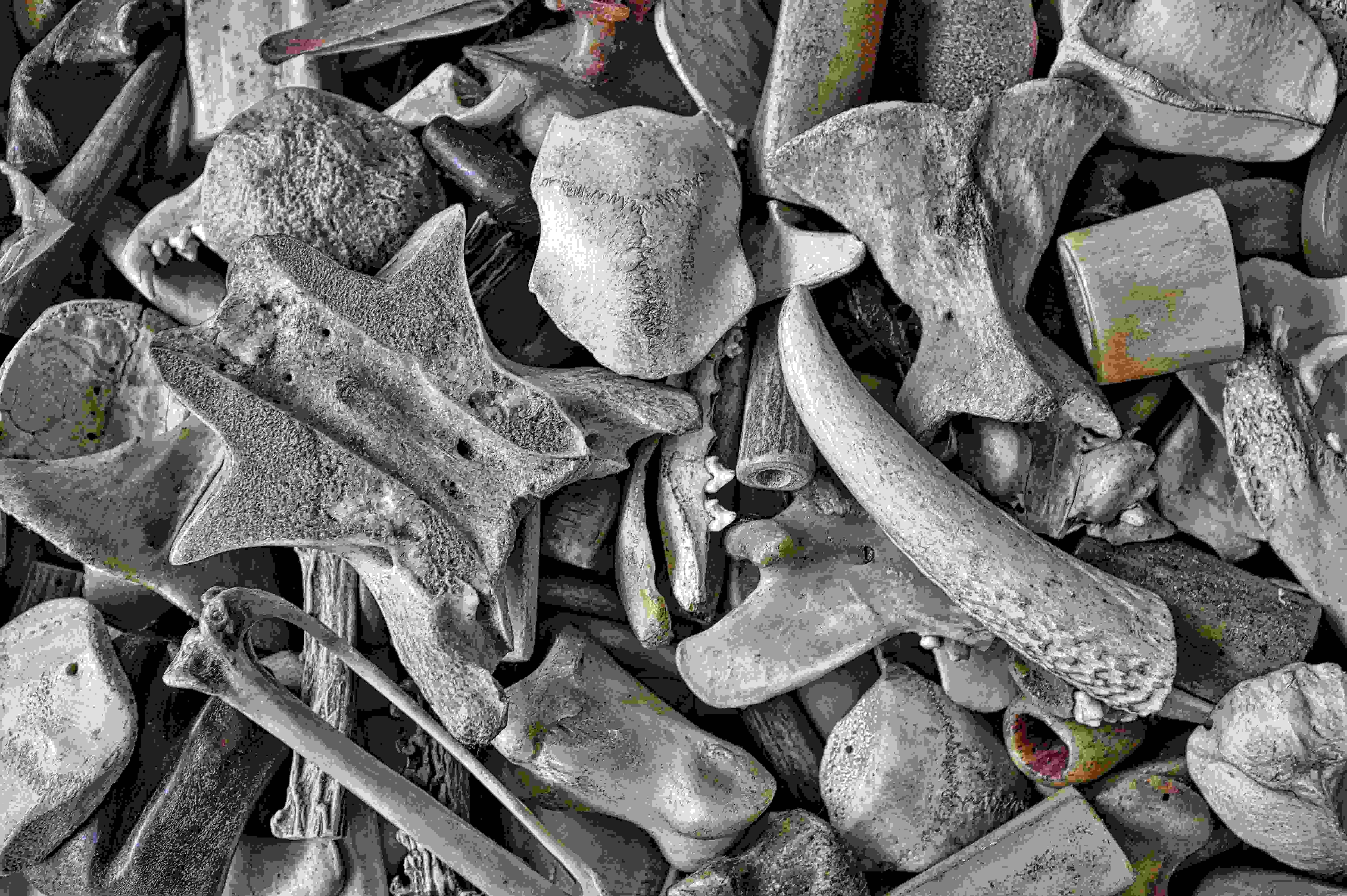
Eric Prouzet/Unsplash
Some remains were placed in urns, while others, including both ashes and bones, were placed in a pit under the stone circles.
These Were Cremation Graves
The teams identified these graves as “cremation graves,” which was a common burial method during this period in Norway.
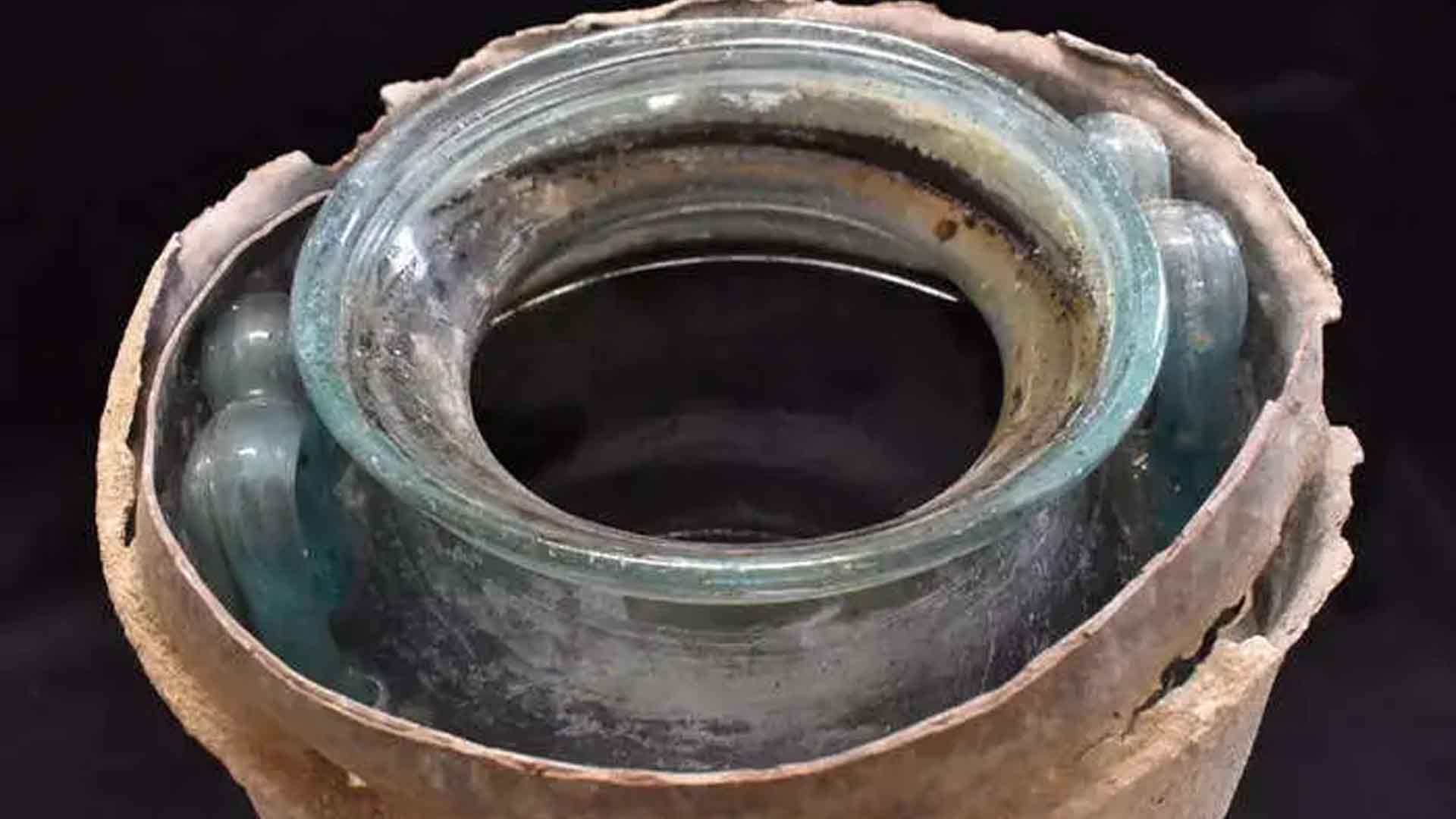
Source: Juan Manuel Román/Business Insider
According to The Week, the dead would be cremated on pyres (a heap of combustible material that would be used to burn a corpse as part of a funeral ceremony) and then buried or scattered. What makes these graves unusual is that they are very close together.
Discovering What’s Inside the Pottery
Archaeologists intend to analyze the artifacts from the site, including pottery fragments. According to Fossum, these findings “can reveal a great deal” since “not all the vessels seem to have been used for holding burnt bones.” Some were placed between the graves, sparking curiosity about their contents: “We are very curious about what was inside them.”
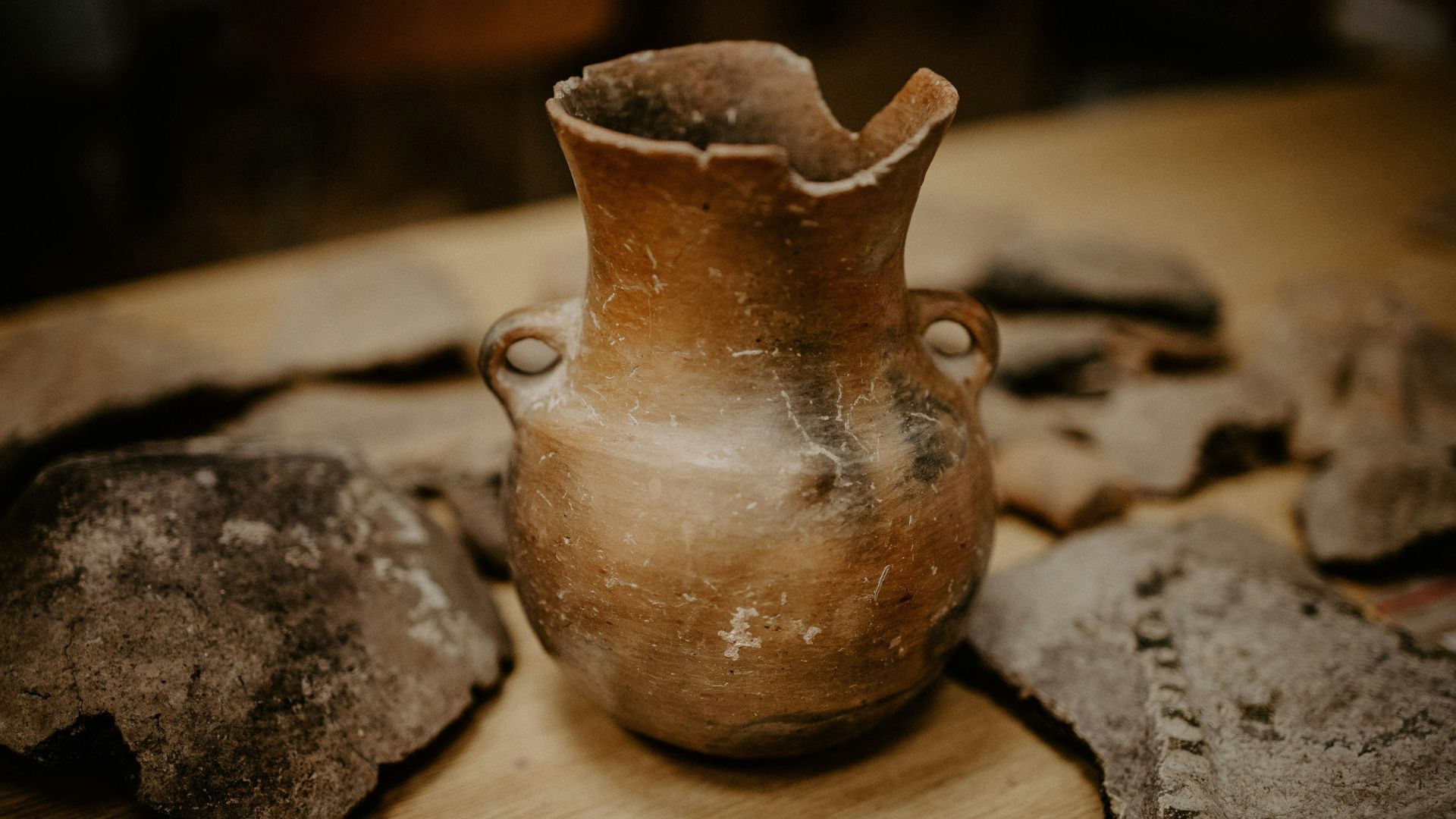
Source: Trnava University
“It doesn’t appear that all the [pottery] vessels were containers for burnt bones; some were placed between the graves, and we are very curious about what was inside them,” Fossum said.
A Rare Find
Håkon Reiersen, an associate professor of archeology at the University of Stavanger with a special focus in the Iron Age and Viking Age, reviewed the new findings. He noted that the discovery and practice was “very exciting” and “rare” find.

Source: Freepik
“It’s a very exciting find, especially since it’s rare to have such good data and be able to draw such clear conclusions about practices surrounding children’s graves,” Reiersen told ScienceNorway.
The Humanity of the Ancient Community
Reiersen also notes that the discovery shows the “powerful and human” connection people have always had with death. “This burial site provided a dedicated place for the community to process and mourn the unimaginable over centuries,” Reiersen said.

Source: Wikimedia
“Emotions related to the grief of losing a child make this so powerful and human. It shows that people in the past were not so different from us,” he says.
Mostly Graves of Children
This burial site is notable for several reasons. While it does show us insight into the ancient practices of a civilization that have been largely unknown, it is the first burial sight that is made mostly of children’s graves.

Source: Reddit
“I’m not aware of any previous discovery of a site with only children’s graves, making this burial site very important,” Reiersen said.
Most Notable Site in Norway
Reiersen noted that large burial sites from the area are not very common in Norway, but present-day Østfold houses most of the notable burial sites.

Source: stein egil liland/Pexels
“A study of skeletons from the Bronze Age and Iron Age in Rogaland, Western Norway, showed that over 40 per cent of the deceased were infants, children, or teenagers,” he says.
Inside the Graves
The researchers discovered that the children buried in the area were mostly infants, while others were between three and six years old when they died.
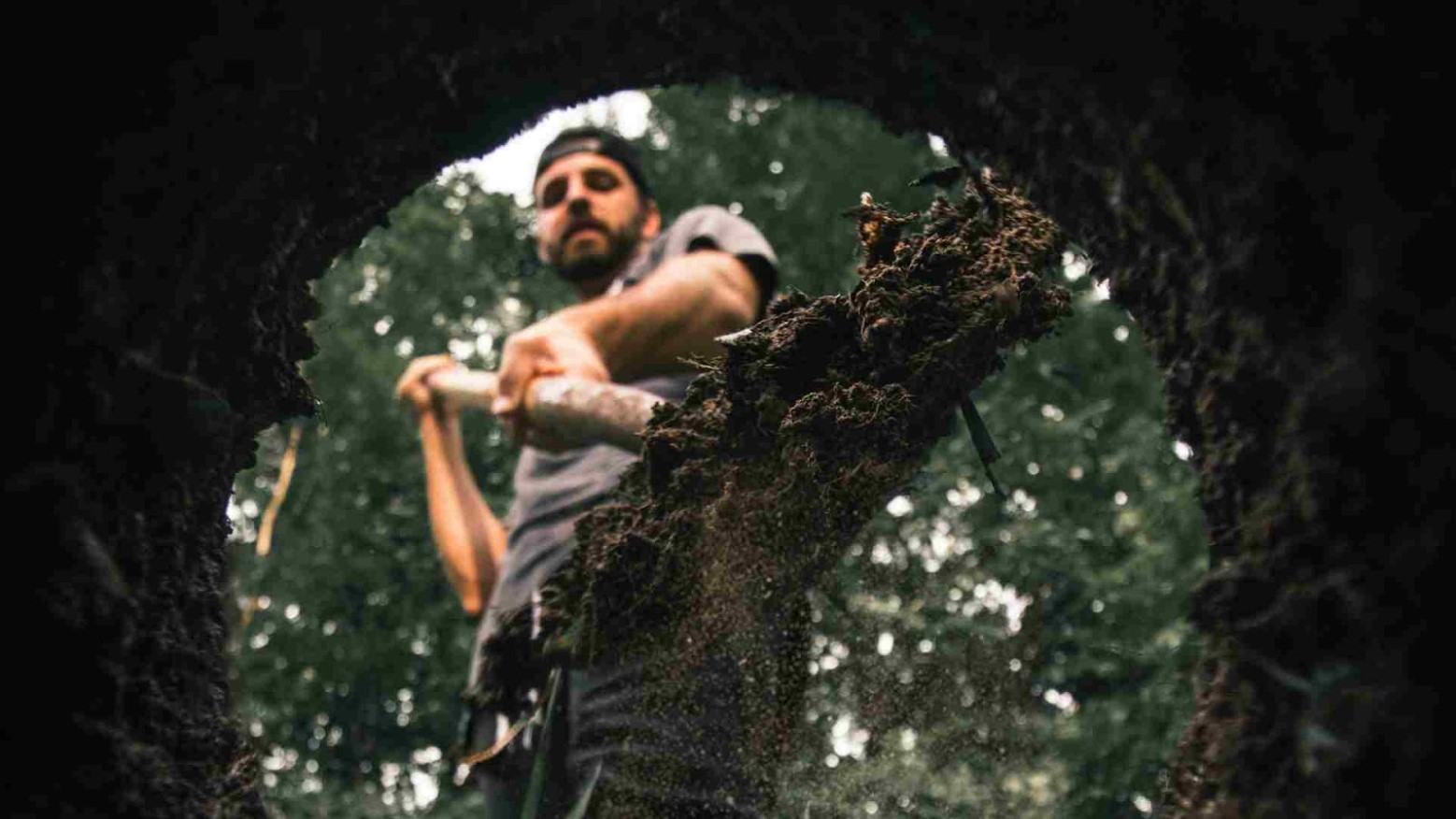
Source: Daniel Lincoln/Unsplash
“There’s a large predominance of babies. Sixteen of them are newborns, and some may not have been full-term pregnancies,” Fossum told ScienceNorway.
High Mortality Rate for Children
Researchers suggested that poverty, famine, disease, and a lack of resources to support children contributed to the high infant mortality rate during that time.
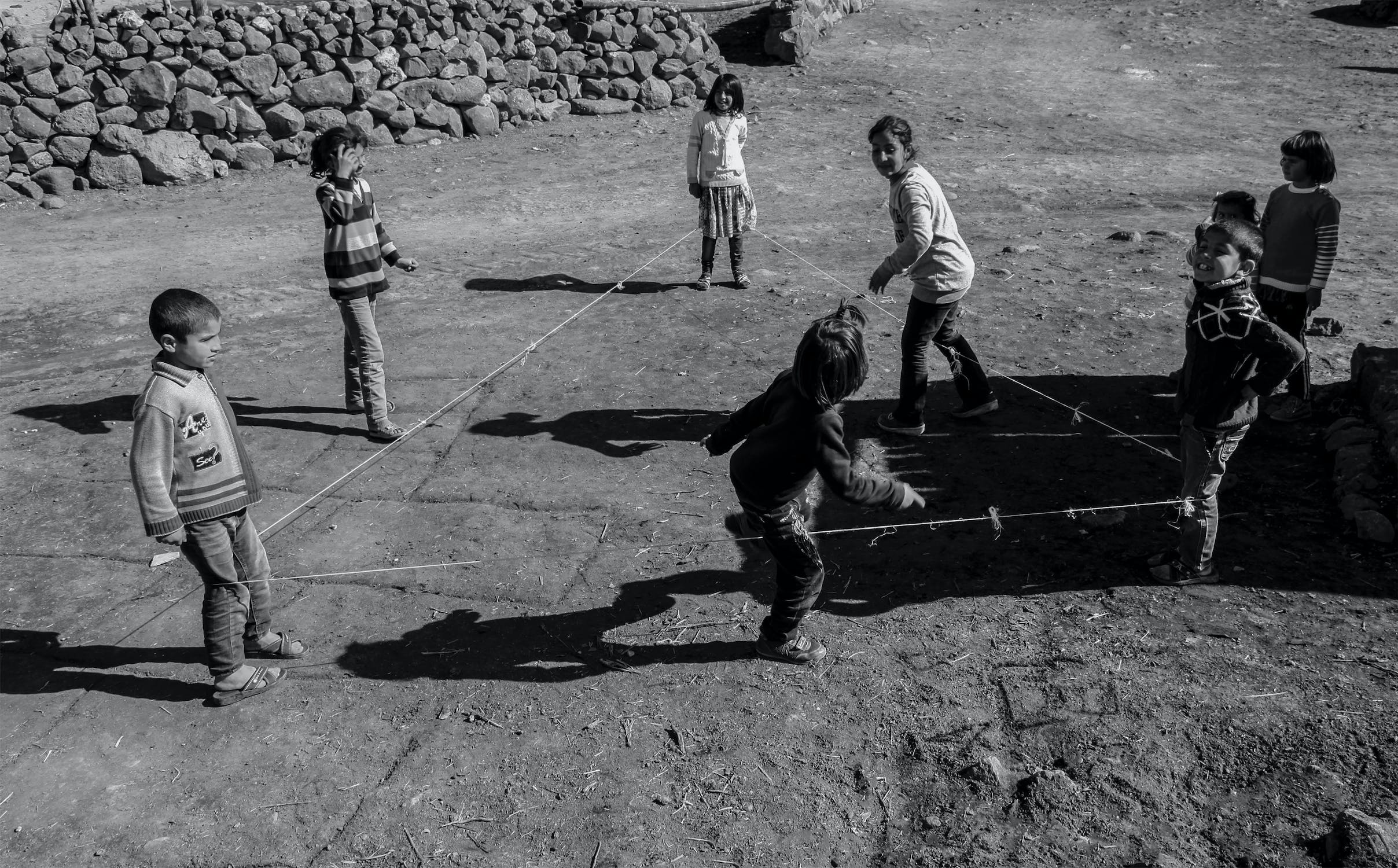
Source: Arzella BEKTAŞ/Pexels
“Emotions related to the grief of losing a child make this so powerful and human. It shows that people in the past were not so different from us,” Reiersen told ScienceNorway.
Pathways Along the Grave Site
The team also found several ancient pathways that run beside the grave site. Known as sunken lanes, these depressions in the landscape once served as long-used pathways and roads.
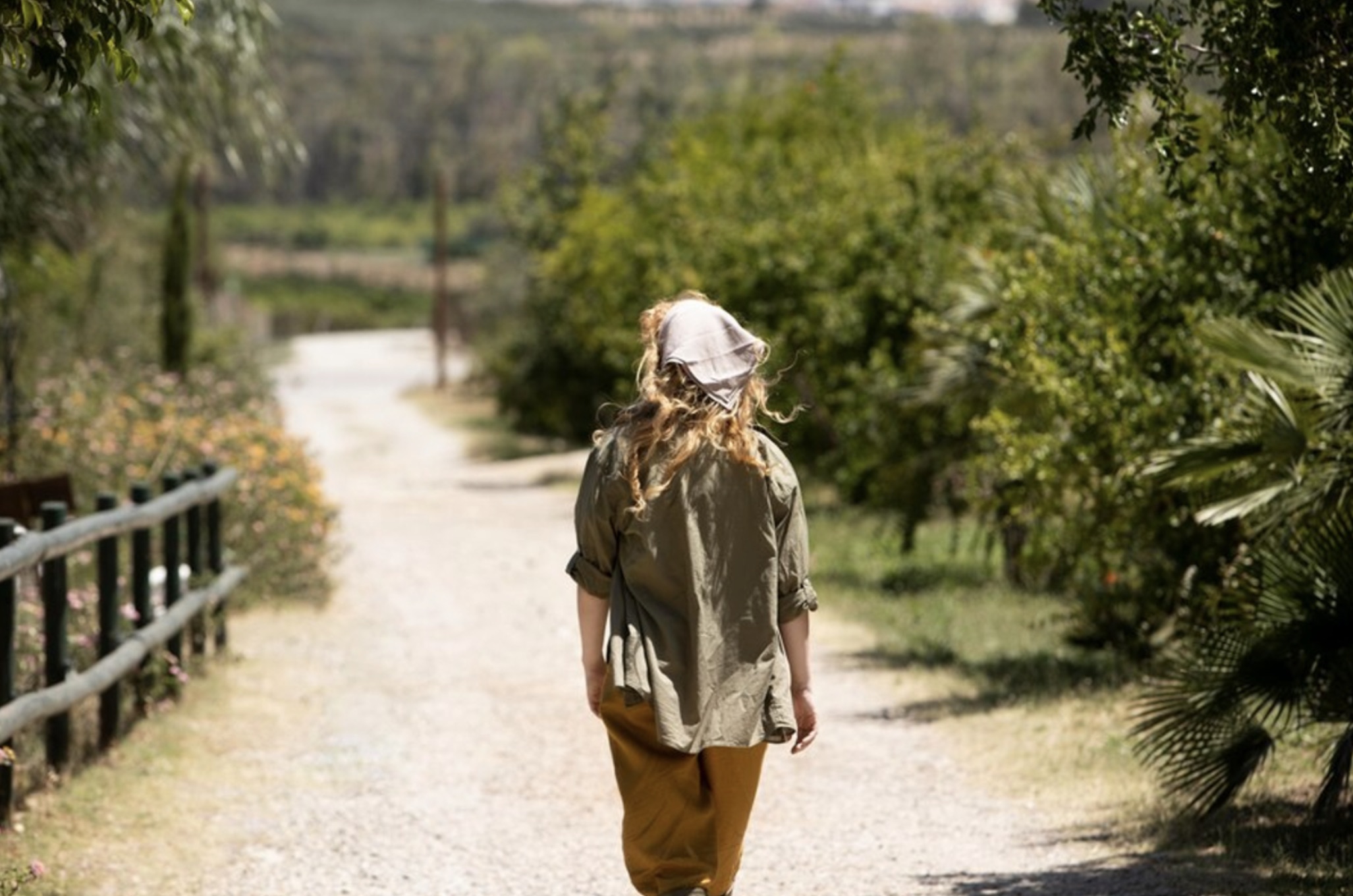
Source: Freepik
“This is a place that people have traveled through. Perhaps a local community used this site as a burial ground for their children, a tradition that lasted for several centuries,” Fossum notes.
Not the Only Burial Site
Fossum mentioned that this wasn’t the only burial site in the area. Researchers first discovered and excavated Gunnerstorp in the 1950s near the grave site, where they found the remains of many different people, including the elderly, adults, and children, buried there.
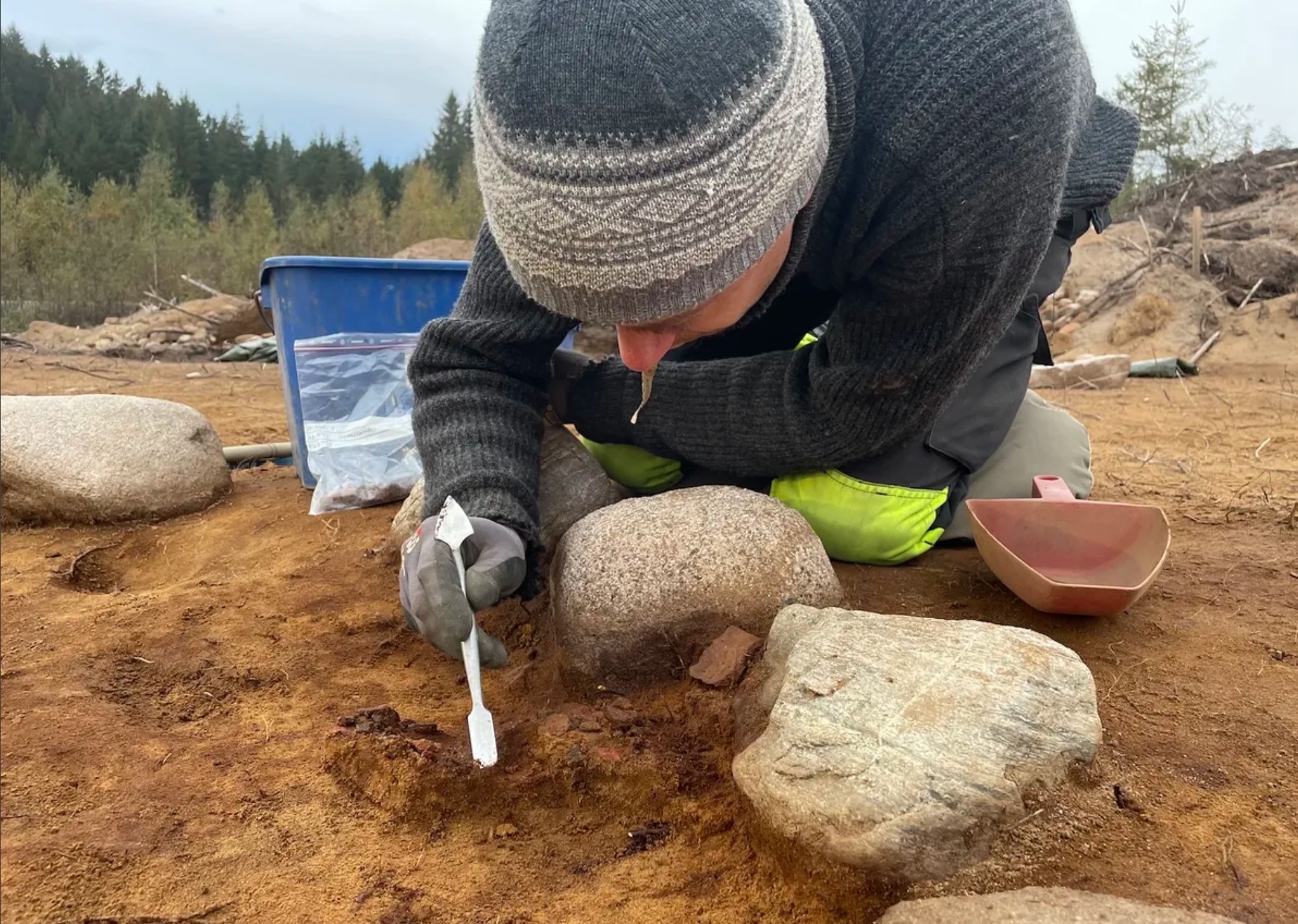
Source: Museum of Cultural History/University of Oslo
“It’s incredibly unique to find so many infant graves in one place. What’s special here is that the children have their own burial site. We know of very few similar finds,” Fossum says.
The Importance of These Graves
Despite this, the graves are very similar to the infant graves found at the current site. This might indicate that the people treated deceased infants and other deceased individuals in the same manner.

Source: Wikimedia
“In this period, everyone received a grave; infants were considered part of the community. We can’t rule out a ritualistic element, such as sacrifices. However, the graves do not differ from other graves from the period, and there is nothing to suggest they were sacrificed,” she says.
The Search for Answers Continues
As Fossum explained, there’s still a lot to learn from the site. “It doesn’t appear that all the vessels were containers for burnt bones; some were placed between the graves, and we are very curious about what was inside them,” she said.

Source: Museum of Cultural History, University of Oslo
At present, there’s an exhibition at the museum in Oslo that has a reconstruction of one of the stone graves, shedding some light on the mysterious nature of the burials.
